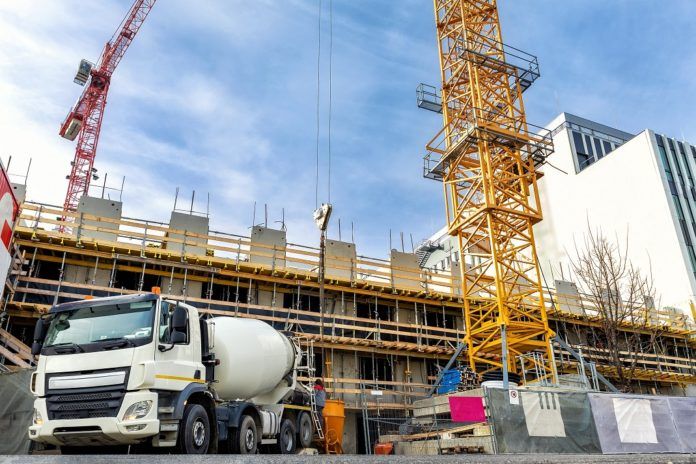The Building Cost Information Service (BCIS) has highlighted ‘mixed results’ for Q2 construction output in the latest Office for National Statistics (ONS) report, showing that overall output in Britain in June increased by 1.6% compared to May while, across the second quarter, output was up by 0.3% on the first quarter of the year.
However, output within sectors was varied in the second quarter. Falling output in the private housing and commercial sectors was offset in part by rising demand in infrastructure, but clearly reflects a cautious approach to investment in the current climate.
Dr David Crosthwaite, chief economist at leading independent provider of construction data, BCIS, said: “Private housing, which saw a 3.3% decrease in the second quarter, has not fallen as much as we expected, as housebuilders built out sites that were already committed, but this sector is likely to fall more than 15% in 2023 as a whole.
“With private housing representing over a third of total new work output, any decline in this sector is likely to have a significant effect on output overall. Despite suggestions this week that mortgage lenders could spark a price war by lowering interest rates on fixed-rate deals, with an expectation that the base rate will rise again, we’ll continue to see the effects of reduced starts into 2024.
“In 2022, private commercial output was down nearly 30% since 2019, and almost 40% since 2007. While we don’t expect any further dramatic decline in this sector, recovery will be slow as the requirements for both office and retail space have changed fundamentally.”
Looking ahead, ONS data on construction new orders showed a decrease in the second quarter of 2023, by 7.1% overall and with infrastructure down 26.5% on the first quarter.
Dr Crosthwaite said: “Based on published spending plans and what we know is in the project pipeline, we are forecasting continued growth in infrastructure output, but a lack of clarity in national policy and the ongoing effects of inflation on fixed budgets could put this outlook at risk.
“All eyes will be on the government in the autumn to see what investment commitments they make. Further, the spectre of labour shortages looms over all sectors, not least infrastructure, where the Civil Engineering Contractors Association reported in 1Q 2023 that there were continued difficulties with the supply of skilled operatives and staff for civils firms.
“With construction roles added to the Shortage Occupation List on Monday (7 August), it remains to be seen how successful the scheme will be in attracting workers to the UK. Housing generally has first call on skilled labour, so the dip in demand there is possibly good news for the infrastructure sector as it may take some of the delivery pressures from projects, at least in the short term.”




